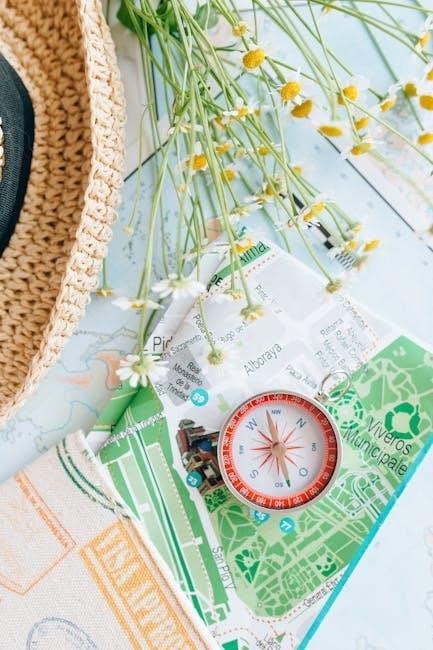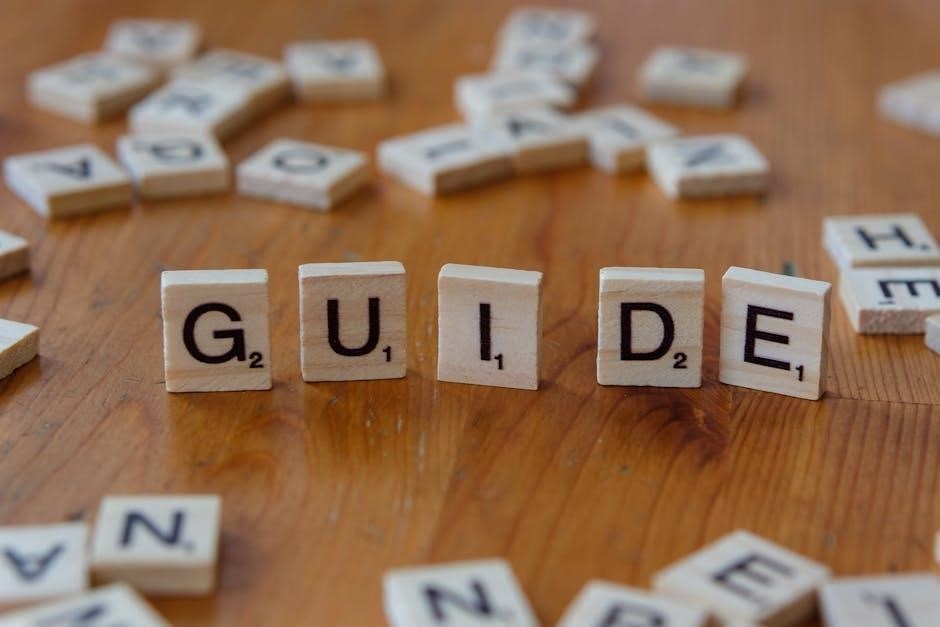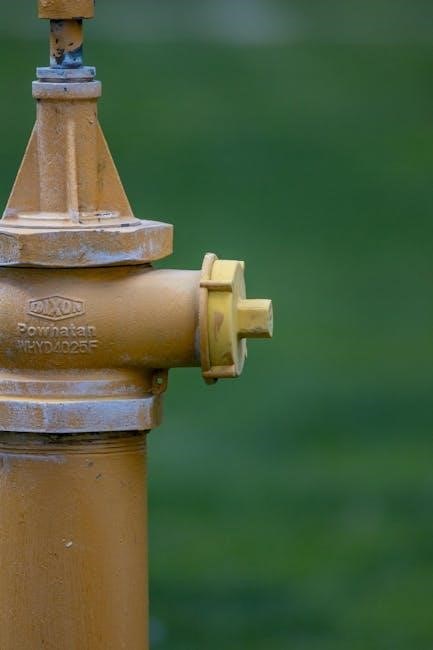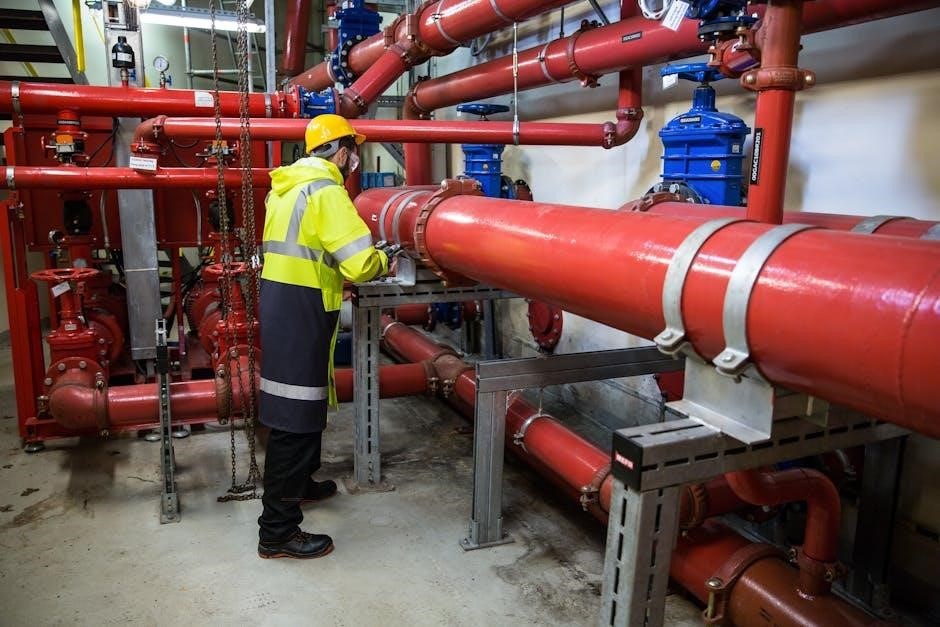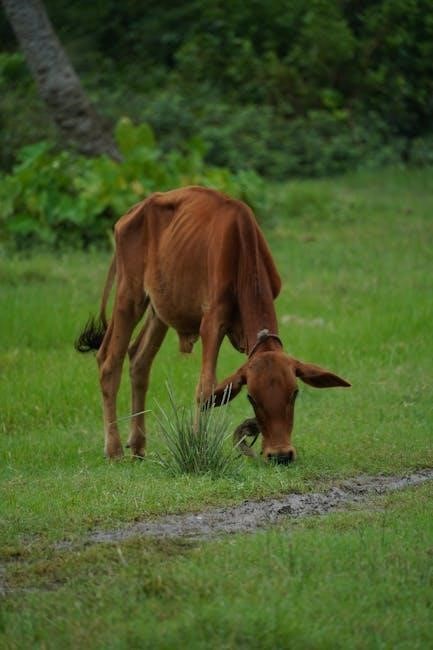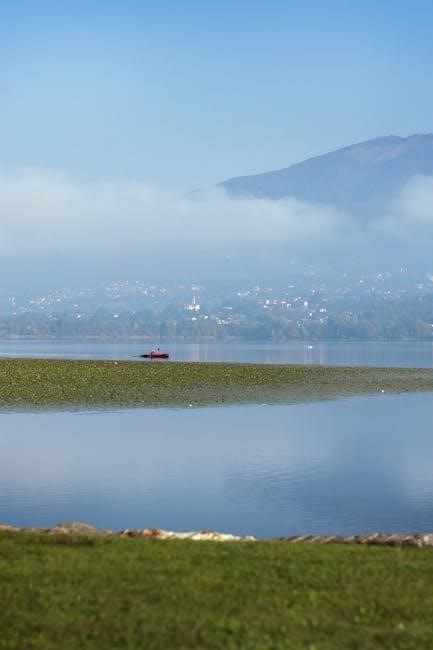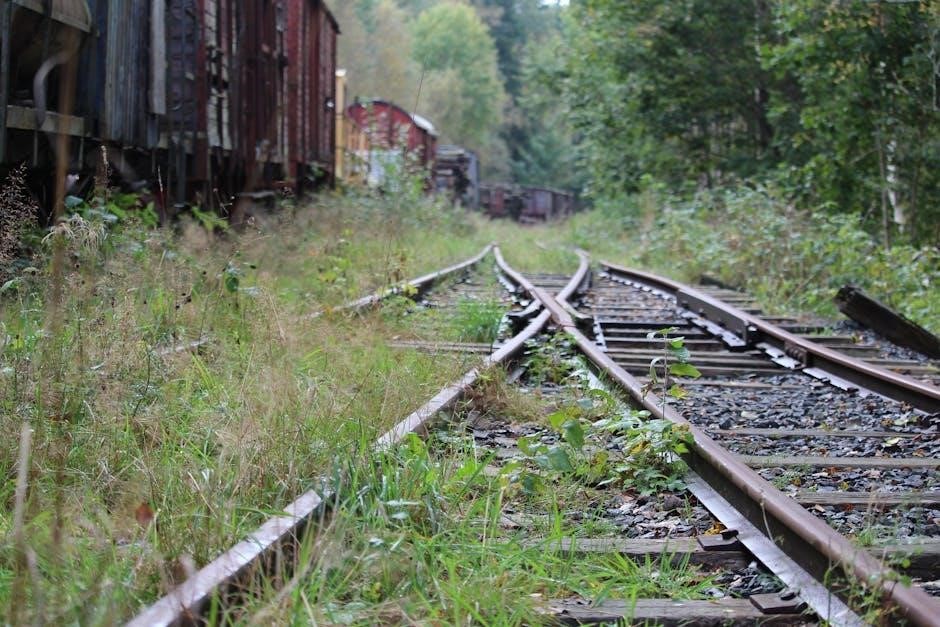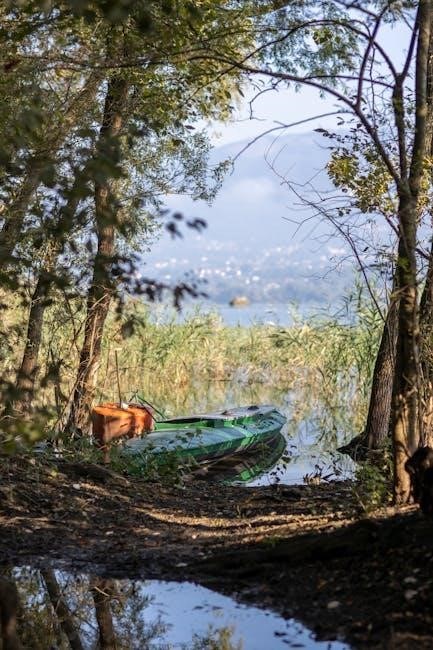Navigating The New York Times Website: A Comprehensive Guide (Updated 11/28/2025)
Today, November 28th, 2025, explore the New York Times online! Discover daily puzzles like Wordle, Connections, Mini Crossword, and the newest addition, Strands, alongside in-depth journalism.
Welcome to the digital home of The New York Times! This comprehensive guide will illuminate how to effectively navigate this vast and influential online resource. As of today, November 28th, 2025, the NYTimes website offers a rich tapestry of news, opinion, business, technology, and engaging interactive content.
Beyond traditional articles, the platform boasts a thriving games section, featuring daily challenges like the globally popular Wordle, the categorization puzzle Connections, the quick-witted Mini Crossword, and the recently launched Strands – a word strand discovery game quickly gaining traction. For culinary enthusiasts, NYT Cooking provides a wealth of recipes and inspiration.

The New York Times isn’t just about current events; it’s also a hub for long-form journalism found in NYT Magazine and insightful discussions through its diverse podcasts. Whether you’re seeking breaking news, in-depth analysis, or a daily mental workout, the NYTimes online platform provides a multifaceted experience. This guide will help you unlock its full potential.
II. Account Management
Managing your access to The New York Times online begins with understanding your account options. A subscription unlocks the full breadth of content, moving beyond limited free articles. Subscribing can be done directly through the website, offering various plans to suit your needs – from digital-only access to bundled print and digital subscriptions.
Once subscribed, managing your subscription is straightforward. You can update payment information, adjust your plan, or cancel anytime through your account settings. Account Settings & Personalization allow you to tailor your experience. Customize your news feed, select preferred sections, and manage email notifications.
Furthermore, explore options for family sharing, granting access to multiple users under a single subscription. Regularly reviewing your account details ensures uninterrupted access to the New York Times’ extensive resources, including the daily puzzles like Wordle, Connections, and Strands, and the NYT Cooking database. Secure your account with a strong password and two-factor authentication for optimal protection.

A. Subscribing to The New York Times
Initiating a subscription to The New York Times unlocks a world of in-depth journalism, engaging features, and popular games. The process is simple, beginning on the NYTimes.com website. Navigate to the “Subscribe” section, typically found in the header or footer. You’ll encounter a range of subscription options tailored to different needs.
These plans commonly include digital access, print delivery, or a combination of both. Digital-only subscriptions provide full access to the website and mobile app, including all articles, podcasts, and games like Wordle, Connections, and Strands. Consider your reading habits when selecting a plan.
Payment methods generally include credit cards and, in some cases, PayPal. Promotional offers are frequently available, offering discounted rates for new subscribers. Carefully review the terms and conditions before finalizing your purchase. After subscribing, you’ll receive confirmation and instructions for accessing your account.
B; Managing Your Subscription
Effectively managing your New York Times subscription is crucial for a seamless experience. Access your account through the NYTimes.com website by clicking on the “Account” icon, usually located in the upper right corner. This portal allows you to modify your subscription details, including billing information and delivery preferences.
You can easily update your payment method, change your address (for print subscribers), or adjust your notification settings. The account management section also provides options for pausing or canceling your subscription, though cancellation policies apply. Review these carefully before proceeding.
Furthermore, you can view your billing history and download invoices. The New York Times often offers opportunities to upgrade or downgrade your subscription plan based on your evolving needs. Regularly checking your account ensures you’re maximizing your benefits and avoiding unexpected charges.
C. Account Settings & Personalization

Personalizing your New York Times experience enhances engagement. Within your account settings, you can tailor news feeds based on your interests – selecting topics like politics, technology, or cooking. This ensures you see articles most relevant to you.
Customize your email preferences to control the frequency and type of newsletters you receive. Adjust notification settings for breaking news or specific authors. Manage your reading history to revisit previously enjoyed articles easily. The NYT also allows you to link accounts from other platforms for streamlined access.
Explore options for font size and display preferences for optimal readability. The New York Times prioritizes user control, allowing you to create a comfortable and informative browsing environment. Regularly reviewing these settings ensures the website adapts to your evolving preferences.

III. Core Sections & Navigation
Navigating The New York Times website is intuitive, with core sections readily accessible from the homepage. The “News” section delivers breaking stories and in-depth reporting, while “Opinion” presents diverse perspectives through columns and editorials. For financial updates, the “Business” section provides comprehensive coverage of markets and economic trends.
Stay current with the latest advancements in the “Technology” section, covering digital culture and innovation. A prominent navigation bar consistently displays these key areas. Utilize the search function for specific topics or authors. Explore curated sections like “Politics” and “World” for focused reporting.
The New York Times employs a clear hierarchical structure, making it easy to drill down into specific areas of interest. Regularly updated “Most Popular” lists highlight trending articles, offering a quick overview of current events.
A. News: Staying Informed
The “News” section of The New York Times is your primary destination for comprehensive and up-to-the-minute reporting. It’s organized into various categories – Politics, World, U.S., and more – allowing for focused browsing. Breaking news stories are prominently featured, ensuring you’re immediately aware of significant events.
Each article includes timestamps indicating when it was published and last updated, crucial for discerning current information. Utilize the filtering options to refine your news feed based on specific topics or regions. Explore in-depth investigations and feature stories alongside concise news briefs.
The New York Times’ commitment to journalistic integrity ensures reliable and unbiased reporting. Regularly check this section to remain informed about global affairs, domestic policy, and critical issues shaping our world. Don’t miss the “Most Read” articles for a pulse on current interests.
B. Opinion: Diverse Perspectives
The “Opinion” section of The New York Times provides a platform for a wide range of viewpoints, fostering critical thinking and informed debate. Here, you’ll find editorials representing the newspaper’s institutional stance, alongside op-eds penned by diverse contributors – experts, public figures, and everyday citizens.
Explore columns from renowned commentators offering insightful analysis on current events. The section also features letters to the editor, allowing readers to directly engage with the publication and share their perspectives. Be sure to check out the “Sunday Review” for longer-form essays and in-depth explorations of complex issues.
The New York Times’ Opinion section is designed to challenge assumptions and encourage thoughtful consideration of multiple sides of a story. It’s a valuable resource for understanding the nuances of public discourse and forming your own informed opinions.
C. Business: Financial Insights
The “Business” section of The New York Times delivers comprehensive coverage of the financial world, from Wall Street to Main Street. Stay informed about market trends, company news, and economic indicators with up-to-date reporting and analysis.
Explore sections dedicated to specific industries, such as technology, energy, and retail. You’ll find in-depth articles on corporate strategies, mergers and acquisitions, and the impact of economic policies. Don’t miss the “DealBook” newsletter and website for exclusive insights and breaking news from the world of finance.
The New York Times’ Business section also provides valuable resources for investors, including stock quotes, market data, and expert commentary. It’s an essential destination for anyone seeking to understand the forces shaping the global economy and make informed financial decisions.
D. Technology: The Digital World
The “Technology” section of The New York Times provides insightful coverage of the rapidly evolving digital landscape. Explore the latest innovations in artificial intelligence, cybersecurity, and the metaverse, alongside in-depth reporting on the tech industry’s biggest players.

Discover articles examining the societal impact of technology, including issues related to privacy, data security, and the ethical implications of new advancements. Stay current on emerging trends like blockchain, quantum computing, and the future of work.

The New York Times’ tech coverage also features product reviews, expert analysis, and profiles of influential figures shaping the digital world. It’s a crucial resource for understanding how technology is transforming our lives and the challenges and opportunities it presents.
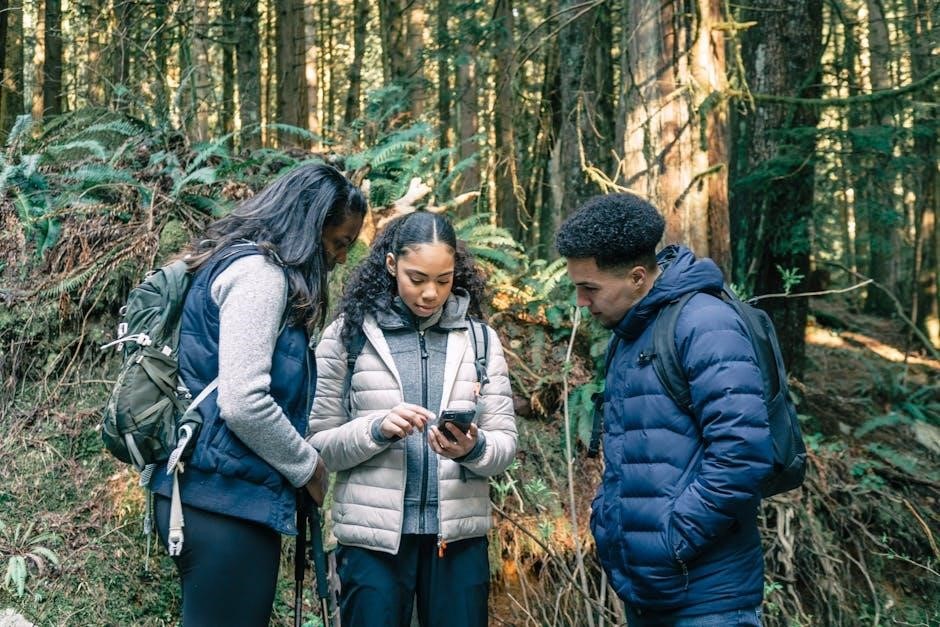
IV. Games Section: A Deep Dive
The New York Times Games section has become a daily destination for puzzle enthusiasts. Beyond the iconic crossword, you’ll find a diverse collection of engaging brain teasers. Wordle, the daily word puzzle, challenges players to deduce a five-letter word in six attempts, captivating a massive online audience.
Connections tasks you with categorizing sixteen words into four groups, testing your associative thinking. The Mini Crossword offers a quick, accessible challenge, perfect for a short break. Recently, Strands emerged – a unique word-search puzzle where you identify interconnected words.
Access these games directly through the NYTimes website or the mobile app. Daily puzzles refresh, providing endless entertainment. Explore strategies and hints online to enhance your gameplay and conquer each challenge!
A. Wordle: Daily Word Puzzle
Wordle, a cornerstone of the New York Times Games, presents a simple yet addictive challenge: guess a five-letter word in six tries. Each guess provides color-coded feedback – green for correct letters in the right position, yellow for correct letters in the wrong position, and gray for incorrect letters.
The game resets daily, offering a fresh puzzle each day. Players often share their results on social media using the iconic grid emoji pattern, fostering a vibrant online community. Strategies involve starting with common vowels and consonants, and analyzing feedback to refine subsequent guesses.
Access Wordle directly on the New York Times website’s Games section. It’s a fantastic way to sharpen your vocabulary and enjoy a quick mental workout. Hints and solvers are available online, but the true satisfaction comes from cracking the code yourself!
B. Connections: Categorization Challenge
Connections, another popular offering from the New York Times Games, tests your ability to identify hidden relationships between seemingly disparate words. The game presents sixteen words, and your task is to group them into four categories of four, based on a shared theme or connection.

Categories can range from the obvious to the incredibly obscure, demanding lateral thinking and a broad knowledge base. The challenge lies in discerning the subtle links and avoiding red herrings. Each successful grouping reveals the category name, providing a satisfying “aha!” moment.
Found within the New York Times Games section, Connections offers varying levels of difficulty. It’s a stimulating exercise in pattern recognition and vocabulary, perfect for those who enjoy a mental puzzle. Hints and solutions are widely discussed online, but tackling it independently is the most rewarding experience.
C. Mini Crossword: Quick Brain Teaser
The NYT Mini Crossword has become a daily staple for many, offering a concise yet engaging crossword experience. Unlike its larger counterpart, the Mini Crossword is designed for speed and accessibility, typically solvable in under five minutes. It’s an ideal brain workout for a quick break or commute.
Presented within the New York Times Games section, the puzzle features a 5×5 grid and clues that are generally straightforward. However, don’t underestimate its cleverness – the Mini Crossword still requires a degree of vocabulary and logical deduction. It’s a fantastic entry point for newcomers to the world of crosswords.
Many users appreciate its daily ritual aspect, sharpening wit and providing a small sense of accomplishment. Solutions and hints are readily available online, but the satisfaction comes from completing it independently. It’s a perfect blend of challenge and convenience.
D. Strands: Word Strand Discovery
Strands, the New York Times’ newest word game, presents a unique challenge distinct from Wordle or Connections. Players are tasked with identifying hidden words within a grid of letters, where each word is formed by a connected strand of characters. The game’s appeal lies in its open-ended nature and the satisfying “aha!” moment when a strand is revealed.
Unlike traditional word searches, Strands requires players to think laterally and consider multiple possibilities. A key element is discovering the “spangram” – a word that uses all the letters in the grid – which unlocks the completion of the puzzle. Hints are available to guide players, but the core enjoyment comes from independent deduction.
Its growing popularity demonstrates a demand for fresh, engaging word puzzles. Strands offers a different kind of mental exercise, appealing to those who enjoy pattern recognition and linguistic exploration.
V. NYT Cooking: Recipes & Culinary Inspiration
NYT Cooking is a comprehensive resource for home cooks of all skill levels. The website boasts an extensive library of recipes, ranging from quick weeknight meals to elaborate weekend projects, all curated by the New York Times’ culinary experts. Navigation is intuitive, allowing users to easily search for recipes based on ingredients, cuisine, dietary restrictions, or cooking time.
Beyond recipes, NYT Cooking offers valuable cooking tips, techniques, and how-to guides. Users can save favorite recipes to personalized collections for easy access, creating a customized digital cookbook. The platform also features articles exploring food culture, trends, and the stories behind iconic dishes.
Whether you’re a seasoned chef or a beginner in the kitchen, NYT Cooking provides the inspiration and guidance needed to elevate your culinary experience;
A. Recipe Search & Filtering
NYT Cooking’s robust search functionality is central to discovering the perfect recipe. Users can initiate searches using keywords – ingredients, dish names, cuisines, or even cooking methods. Advanced filtering options refine results based on dietary needs (vegetarian, vegan, gluten-free), preparation time (under 30 minutes, one-hour meals), and skill level (beginner, intermediate, advanced).
The filtering system allows for multiple selections, enabling highly specific searches. For example, you can find “quick vegetarian pasta recipes” with just a few clicks. Beyond basic filters, users can also exclude ingredients they dislike or are allergic to, ensuring personalized results.
Recently viewed recipes and trending searches are conveniently displayed, offering further inspiration. The search bar’s autocomplete feature suggests popular recipes as you type, streamlining the discovery process.
B. Saving & Organizing Recipes
NYT Cooking allows users to curate a personalized recipe collection. The “Save” button, prominently displayed on each recipe page, adds it to your “Saved Recipes” library. This library functions as a digital cookbook, accessible from any device when logged into your account.
Beyond simple saving, the platform offers organizational tools. Users can create custom “Collections” – themed groupings like “Weeknight Dinners,” “Holiday Baking,” or “Italian Favorites.” Recipes can be added to multiple collections, providing flexible categorization.
The “Recently Viewed” section offers quick access to recipes you’ve been browsing. Furthermore, a “Shopping List” feature automatically compiles ingredients from selected recipes, simplifying grocery shopping. This list can be printed or accessed via the NYT Cooking mobile app for convenience.
C. Cooking Tips & Techniques
NYT Cooking extends beyond recipes, offering a wealth of culinary guidance. Many recipe pages include “Chef’s Notes” – insights from the recipe developer, detailing techniques, ingredient substitutions, and potential pitfalls. These notes elevate the cooking experience, fostering confidence in the kitchen.
The site features dedicated articles and videos covering fundamental cooking skills. Topics range from knife skills and sauce making to baking techniques and understanding different cooking methods. These resources cater to cooks of all levels, from beginners to seasoned professionals.
A robust search function allows users to find articles addressing specific culinary challenges. Furthermore, the NYT Cooking community forum provides a space for cooks to share tips, ask questions, and exchange experiences, creating a collaborative learning environment.
VI. NYT Magazine: Long-Form Journalism & Features
The NYT Magazine delivers deeply reported stories, compelling photography, and insightful essays. Navigation is straightforward: browse by category (Politics, Culture, Style, etc.) or utilize the search bar for specific topics. Recent issues are prominently displayed on the homepage, offering a curated selection of content.
A key feature is the ability to save articles for later reading. Registered users can create personalized reading lists, ensuring they don’t miss important pieces. Many articles include interactive elements, such as photo galleries and videos, enhancing the reader’s engagement.
The Magazine often features special projects and series, offering in-depth explorations of complex issues. These are typically highlighted on a dedicated landing page, providing a comprehensive overview of the topic. Don’t overlook the archive – a treasure trove of past features!

VII. Podcasts from The New York Times
The New York Times boasts a diverse podcast network, covering news, culture, and investigative journalism. Access podcasts directly through the NYT website’s “Podcasts” section, or via popular podcast platforms like Apple Podcasts, Spotify, and Google Podcasts.
The website provides detailed show notes for each episode, including transcripts and links to related articles. You can easily subscribe to your favorite shows to receive automatic updates. Popular podcasts include “The Daily,” offering a daily news briefing, and “Modern Love,” featuring personal essays.
NYT podcasts are often integrated with their written content, providing a multi-faceted approach to storytelling. Explore themed collections and curated playlists for a deeper dive into specific subjects. Many podcasts also offer bonus content exclusively for NYT subscribers.
VIII. Utilizing the NYT Mobile App
The New York Times mobile app delivers the full NYT experience to your smartphone or tablet. Available for iOS and Android, the app mirrors the website’s core sections – News, Opinion, Business, and more – offering a streamlined reading experience.
Key features include personalized news feeds, offline reading capabilities, and access to all NYT games, including Wordle, Connections, and the Mini Crossword. The app’s intuitive interface allows for easy navigation and article saving.
Customize your experience through push notifications, tailored to your interests. Explore the “My NYT” section for saved articles and personalized recommendations. Subscribers gain full access to all content, while limited access is available for non-subscribers. Regularly updating the app ensures optimal performance and access to the latest features.
A. App Features & Functionality
The New York Times app boasts a robust suite of features designed for optimal user engagement. Core functionality includes seamless navigation between sections – News, Opinion, Cooking, and Games – mirroring the website’s structure. Personalized news feeds adapt to your reading habits, prioritizing topics you enjoy.
Offline reading allows access to saved articles even without an internet connection, perfect for commutes. The app integrates fully with NYT Games, providing daily access to Wordle, Connections, Strands, and the Mini Crossword.
Enhanced features include customizable font sizes, dark mode for comfortable nighttime reading, and article sharing options. The “Listen” feature provides audio versions of select articles. Push notifications keep you informed of breaking news and personalized updates. Regular updates introduce new functionalities and improve overall performance.
B. Push Notifications & Customization
The New York Times app excels in personalized experiences through its robust push notification and customization settings. Users can finely tune alerts, selecting categories like Breaking News, US News, World, Business, and even specific topics within those sections.
Beyond broad categories, customize notifications for NYT Games – receive alerts for daily Wordle, Connections, or Strands releases. Control the frequency of notifications, choosing between “Frequent,” “Normal,” or “Off” to avoid information overload.
Further customization extends to the app’s appearance. Choose between light and dark mode for optimal viewing comfort; Adjust font sizes for readability. Personalize your homepage feed by selecting preferred sections and topics. Save articles for offline reading and organize them into custom collections. These features ensure a tailored NYT experience.
IX. Troubleshooting Common Issues
Encountering problems with the New York Times website or app? Several common issues have straightforward solutions. Slow loading times often resolve with a simple page refresh or clearing your browser’s cache and cookies. If articles fail to load, verify your internet connection and ensure you’re using a supported browser.
Subscription-related errors, like access denials, typically stem from account login issues. Double-check your credentials or initiate a password reset. For app-specific problems, ensure you’re running the latest version. Force-closing and reopening the app can also resolve minor glitches.
If issues persist, consult the NYT Help Center, offering extensive FAQs and troubleshooting guides. Contacting NYT customer support directly provides personalized assistance. Remember to provide detailed information about the problem, including error messages and steps taken to resolve it.
